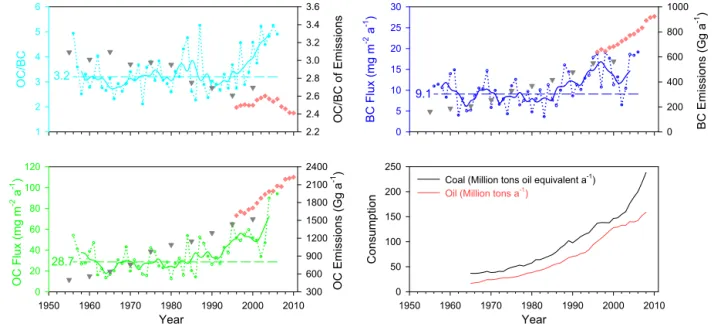Carbonaceous aerosols recorded in a southeastern Tibetan glacier: analysis of temporal variations and model estimates of sources and radiative forcing
Texto
Imagem




Documentos relacionados
The broad objective of the study is to analyze male and female access to land for cassava production in Abia state and specifically to describe the
The model has been used to study the impact of aerosol direct radiative e ff ect on East Asian climate (Zhang et al., 2012a), direct radiative forcing of anthropogenic aerosols (Bond
to solve underestimation of the simulated dust deposition over the Antarctic through, for example, detailed sensitivity experiments for analyzing what important factors are to
variations in the atmospheric circulation, expressed as variations in the frequencies of the transport from four source regions with di ff erent emission rates, can explain
Based on the recent RCP CMIP5 emission scenarios, we then use the model to calculate the present-day and future anthropogenic direct radiative forcing of fine and coarse
mean (middle right) surface albedo changes due to BC in snow from the 1950s to 2000s, and annual mean (bottom left) and spring mean (bottom right) surface albedo changes due to
Anthropogenic aerosols are typically composed of various inorganic and organic species (IPCC, 2007), among which sulfate, nitrate, and carbonaceous aerosols including black carbon
In this study we incorporated an interactive tropospheric sulfur chemistry scheme into a global climate-chemistry model (GCCM) (Wong et al., 2004) to estimate radiative forcing
